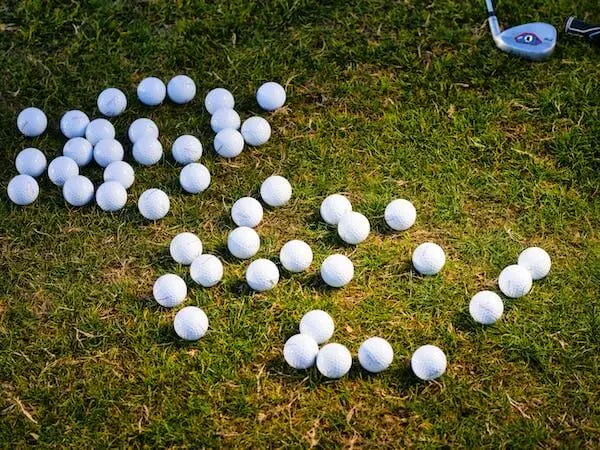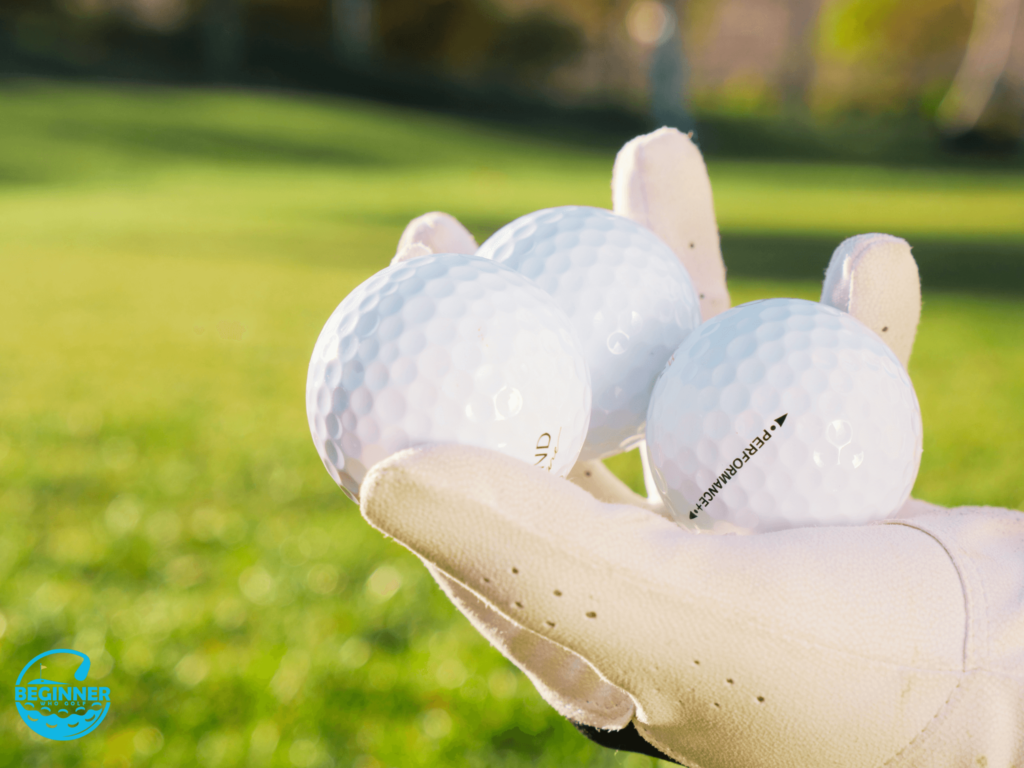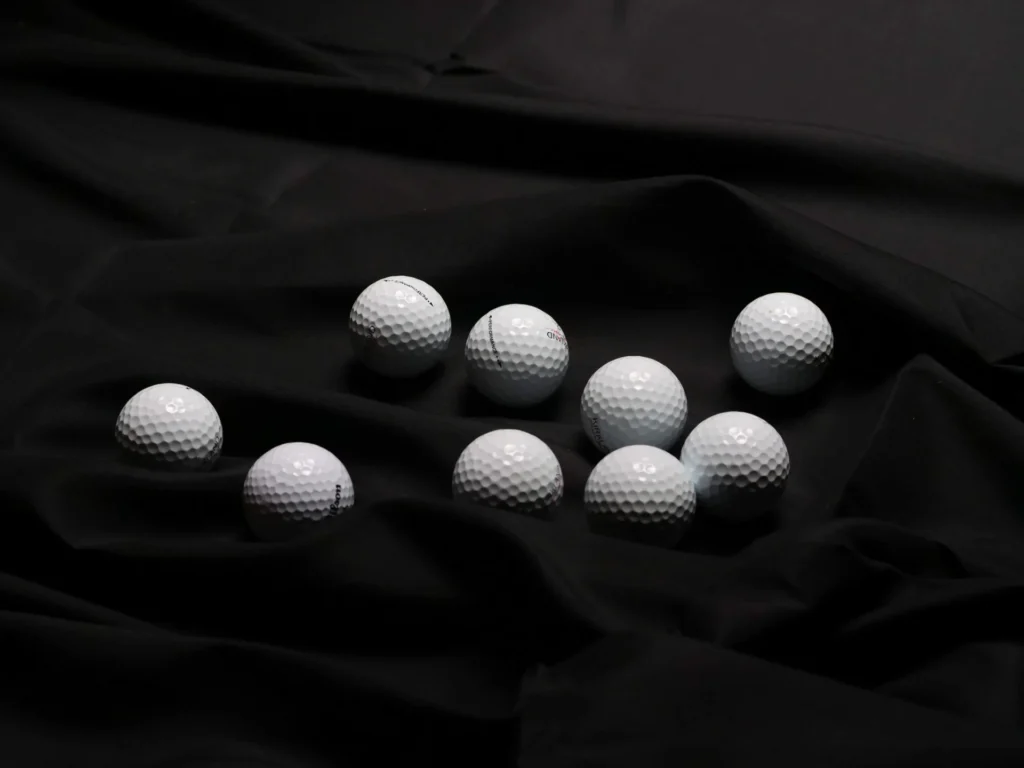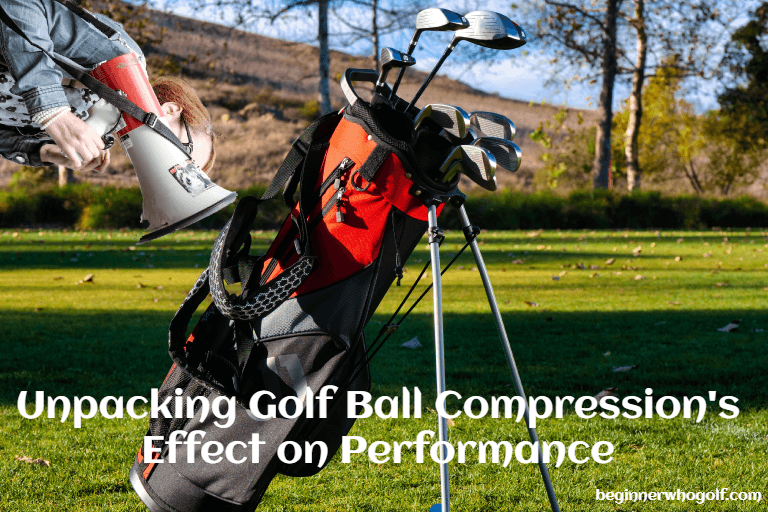Unpacking Golf Ball Compression’s Effect on Performance
Hey, golfers! Want to know why some balls go farther than others? It’s all in the compression! Our article explores the science of golf ball compression and its impact on your game. Learn how to choose the right ball for your swing and gain insights into its spin and trajectory. Whether you’re a pro or just starting, our analysis will help you reach new heights on the green. Get ready to improve your game and impress your friends!
The Science of Golf Ball Compression
In golf, the term “compression” refers to how much a ball compresses when struck by the clubface. This compression determines how much energy is transferred from the club to the ball. Compression is measured on a scale of 0 to 200, with 0 indicating no compression and 200 indicating maximum compression.
The level of compression is influenced by several factors, such as swing speed, clubhead speed, ball construction, temperature, and altitude. Higher swing speeds result in more compression, while lower clubhead speeds result in less compression. Ball construction, including the core, mantle, and cover layers, also plays a significant role in compression. Urethane and ionomer are two primary cover materials that affect compression, with urethane being softer and providing more control, while ionomer is harder and provides more distance.

Temperature and altitude are additional factors that affect golf ball compression. Cold temperatures result in less compression, while warm temperatures result in more compression. Higher altitudes, where the air is less dense, also lead to less resistance and more compression.
Golf balls have different compression levels ranging from 0 to 200. Lower compression balls are softer and compress more, while higher compression balls are firmer and compress less. Generally, lower compression balls are recommended for slower swing speeds, while higher compression balls are recommended for faster swing speeds.
Choosing the Optimal Golf Ball for Your Game
To choose the best golf ball for your game, it’s important to understand how compression relates to swing speed. Golfers with slower swing speeds should choose a ball with a lower compression level for maximum distance, while golfers with faster swing speeds should select a ball with a higher compression level for optimal control and distance.

Aside from compression, other factors to consider when selecting a golf ball are construction and cover material. Urethane covers are ideal for golfers who value control and feel, while ionomer covers are better for those who prioritize distance.
Your playing style is also crucial in selecting a golf ball. Golfers who rely on their short game should choose a ball that provides more spin and control around the greens, while those who prioritize distance should choose a ball with less spin for greater distance off the tee.
It’s essential to try different types of golf balls to determine which one works best for your game. Many manufacturers offer trial packs that include various golf balls to test on the course. Golfers can also consult with a golf professional or club fitter to help identify the ideal ball for their game.
The Impact of Compression on Spin, Trajectory, and Distance
Golf ball compression plays a significant role in a ball’s spin, trajectory, and distance, which can greatly impact a golfer’s performance. By understanding how compression affects these factors, golfers can optimize their game and improve their performance.

Compression can affect a ball’s initial launch angle and spin rate. A ball with lower compression will deform more upon impact, leading to a higher launch angle and more spin. In contrast, a ball with higher compression will deform less, resulting in a lower launch angle and less spin.
The relationship between compression and distance is also crucial. A ball that compresses more typically travels farther, especially for golfers with slower swing speeds. Golfers with faster swing speeds, however, may benefit from a ball with a higher compression level, as it can provide greater control and accuracy.
Compression also influences a ball’s shot shape and trajectory. A ball with higher compression often produces a more penetrating ball flight, while a ball with lower compression can result in a higher ball flight.
Improving Your Game with Golf Ball Compression Analysis
By analyzing your swing and identifying the best compression for your game, you can improve your performance on the golf course. Tools such as launch monitors and swing analysis equipment can help measure your swing speed and identify the ideal compression for your game.

Optimizing your ball selection based on compression data can also improve your swing. If your swing speed is slower, using a ball with lower compression may help maximize your distance. Conversely, if your swing speed is faster, using a ball with higher compression may help maximize your control and accuracy.
Conclusion
To sum up, golf ball compression is an essential factor to consider when choosing a golf ball as it affects various aspects of the game, including spin, trajectory, and distance. Other factors that influence compression include clubhead speed, ball construction, temperature, and altitude. It’s crucial to match the ball’s compression level with one’s swing speed and playing style.
When selecting a golf ball, golfers should also take into account other factors like ball construction and cover material. Trying out different types of golf balls and consulting with a golf professional or club fitter can also help find the best ball for your game.
Analyzing your swing and using compression data to optimize your ball selection can also help improve your game. By understanding golf ball compression, golfers can make well-informed decisions about their ball selection and elevate their game to the next level.






